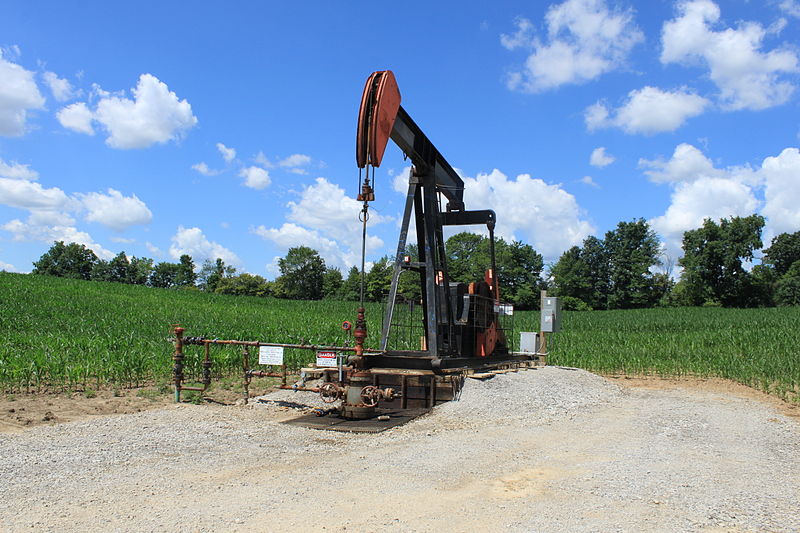Oil-Rig Setback Rule Doesn’t Go Far Enough
Exempts Existing Wells, the Majority in Santa Barbara County

Next Thursday, December 9, the California Geologic Energy Management Division (CalGEM), will host the second of two online hearings regarding the draft Public Health rule.
The draft rule requires a 3,200-foot setback zone between new oil wells and sensitive receptors, such as homes, hospitals, schools, and businesses open to the public. It also would require enhanced monitoring of wells already within this setback zone, although they would be allowed to continue extracting oil and gas.
Over two million Californians live within 3,200 feet of an existing oil well. People living in these areas experience health problems such as increased rates of asthma and other respiratory illnesses, lower birth rates, and higher risk of cancer. New research also shows that those who live in more polluted areas are also more likely to experience complications from COVID-19. Communities of color and low-income communities are much more likely to live within 3,200 feet of an active oil well, making their environmental health risks disproportionately higher than more white and more affluent communities.
While this draft rule is a big first step for California — one of the only major oil producing states without any setback requirement currently in place — it does not go far enough. We need protections for those already experiencing these detrimental health impacts. The rule does virtually nothing for the more than 2 million Californians currently living within 3,200 feet of an oil well, it only protects new communities from oil and gas drilling in their neighborhoods, and it does not even completely do that.
This rule does not apply to existing drill sites without an active well on them. Meaning that if there is an existing well pad in a neighborhood that has been inactive for years, an oil developer can restart that well without concern that it is within 3,200 feet of a sensitive receptor. In the last two years, more than 600 permits have been granted for oil and gas sites in neighborhoods. Of those, more than 450 of them were located on existing drill sites. Almost all new wells in Santa Barbara are built on oil fields with existing infrastructure. Also, if existing sites are exempt from the setback rule, that would only incentivize oil developers to return to inactive well pads and restart them with enhanced oil recovery techniques, such as fracking, cyclic steam injection, and horizontal drilling which can be even more threatening to groundwater than traditional extraction methods.
CalGEM’s website claims that they “prioritize protecting public health, safety, and the environment,” yet by excluding existing wells and new wells on existing well pads from the setbacks rule, they would be doing very little towards upholding these protections.
We must keep in mind that there is NO safe distance from oil and gas drilling. California leaders should not approve any new oil wells, regardless of their proximity to sensitive receptors, and should be making plans to phase out all existing fossil fuel extraction across the state. All fossil fuel extraction contributes to climate change, which deteriorates the public health and safety of all communities throughout California and around the world.
It is time for California to step up and be a true leader in the fight against climate change, to firmly say no new oil, no drilling where we are living, and to lead the transition into the renewable energy economy.
Nadia Abushanab is advocacy and events director for Santa Barbara County Action Network (SBCAN).



